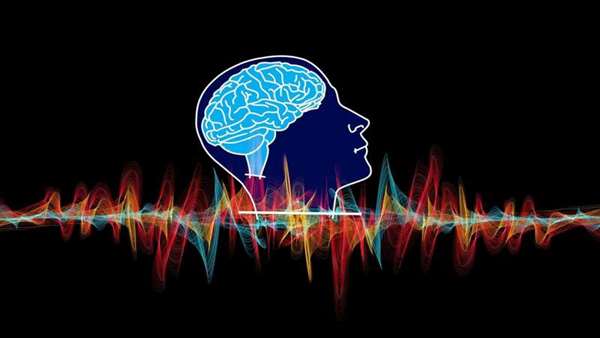Brain stem cells have a good memory
The cerebral cortex acts as the control centre of our cognitive processes. During embryogenesis, dozens of types of neurons with distinct functions come together to form the circuits that drive our thoughts and actions. These neurons are generated by progenitor cells, which produce them one after the other in a very precise order.
The cerebral cortex acts as the control centre of our cognitive processes. During embryogenesis, dozens of types of neurons with distinct functions come together to form the circuits that drive our thoughts and actions. These neurons are generated by progenitor cells, which produce them one after the other in a very precise order. While neuroscience textbooks establish the irreversible nature of this specialization process, researchers at the University of Geneva (UNIGE) now provide proof to the contrary. Indeed, when progenitor cells are transplanted into a young mouse embryo, they recover their past skills and rejuvenate. These results are now published in the journal Nature. By revealing an unsuspected progenitor plasticity, they shed new light on how the brain constructs itself. In the long term, they open up new perspectives for the regeneration of damaged cortical circuits.
The circuits of the cerebral cortex underly our ability to understand the world and interact with it. The diversity of cortical neurons and the circuits they compose therefore somehow determine the diversity of our thoughts and of our behaviours. But how are these neurons generated? In mice, on each embryonic day progenitor cells produce a specific type of neurons before moving to another neuron type the next day. Research conducted in the 1990s had shown that this progression was accompanied by a restriction in competence, as if to move on, progenitors have to forget how to produce the previous neuronal type.
The laboratory of Denis Jabaudon, a professor in the Department of Basic Neurosciences at UNIGE Faculty of Medicine, focuses on the development of the cerebral cortex. Last May, his team had already revealed, in the journal Science, the temporal patterns governing the sequential birth of the different types of cortical neurons from progenitors. "This time, we looked at the potential plasticity of these progenitors. Are the rules of progenitor maturation set in stone? Or can these cells under certain circumstances undergo a temporal rewind and again generate past neuronal types?"
Decoding the plasticity of progenitors
To address these questions, the researchers transplanted progenitors of late mouse embryos into younger ones, as neuroscientists had done in the 1990s, but this time with opposite results: they found that progenitors could rejuvenate in the new environment. "By using more precise cell isolation techniques, we were able to identify progenitors that act as genuine stem cells. Once in their new environment, they rejuvenate to become essentially identical to non-transplanted progenitors. The environment in which the cell is located therefore acts as a real cure of youth!". In addition, the Geneva neuroscientists identified the molecular mechanism responsible for this cell rejuvenation: the Wnt protein. "We knew that Wnt signalling was important to keep stem cells in an undifferentiated state, but here it seems able to take a step further by reversing the process of cell maturation," says Denis Jabaudon.
The researchers then unsuccessfully tried to accelerate the ageing process by transplanting young progenitors into older embryos. "To our great surprise, our results show the exact contrary of what the scientific community took for granted, namely that rejuvenating progenitors was impossible, but that speeding up their aging was possible. We have managed to temporoally rewind our cells, but not to fast-forward them."
Thus, the deeply rooted notion that progression in competence implies a restriction in competence does not apply here. Nevertheless, some progenitors appear impervious to this rejuvenation, but why that is remains unknown.
A proof-of-principle for cortical neuroregeneration
As adults have only very few progenitor cells left, how can these discoveries be used for therapeutic purposes? At the end of the differentiation process, progenitors become astrocytes, a cell type that is preserved at all ages of life. Would it be possible, then, to transform astrocytes back into progenitor cells in order to produce a specific type of neurons that would have disappeared following an accident or a disease? "Our work provides a proof-of-principle for cellular malleability," explains Denis Jabaudon, "It will be interesting to try and understand whether this phenomenon can be used for regeneration purposes."
Reference:https://www.nature.com/articles/s41586-019-1515-6





ارسال به دوستان